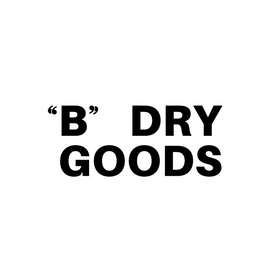[Delft] Rare 18th Century Delft "Mistake" Jug
Regular price
Unit price
per
Visually striking Dutch Delft Wet Drug Jar, circa 1720, of ovoid form with loop handle, inscribed in blue CIDON within strapwork label surmounted by peacocks and fruit over cherubs' masks and swags. The firing of the jug, however, has gone awry and the blue color has spread, giving a marvelous sort of psychedelic abstracted effect to the design. Measuring 8.5 inches (21.25 centimeters) vertical from highest point, and about 21 inches (53.5 centimeters) in circumference at widest point. Jar opening is 3.25 inches (8 centimeters) in diameter. A few small cracks and chips, glaze cracking here and there, else fine.
The jug exhibits an unusual spelling of the word CYDON, indicating that it was originally intended to hold a derivative of quince, the sole member of the genus Cydonia in the family Rosaceae, a deciduous tree that bears a pome fruit, similar in appearance to a pear, bright golden-yellow when mature. Grown in Greece, Turkey, China and Japan during the years that Delftware emerged, the fruit became a popular trade item on the Silk Road throughout the 18th century. Used primarily as an aid to digestion among other gastrointestinal ailments, and was sometimes fermented into a liquor (liquer de coing) popular among the French. In some cases, this and other quince liquids were prescribed in homeopathic practices to promote male sexual organ health.

![[Delft] Rare 18th Century Delft "Mistake" Jug](http://bdrygoods.com/cdn/shop/products/19064DelftJar1_{width}x.png?v=1656524904)
![[Delft] Rare 18th Century Delft "Mistake" Jug](http://bdrygoods.com/cdn/shop/products/19064DelftJar2_{width}x.png?v=1656524904)
![[Delft] Rare 18th Century Delft "Mistake" Jug](http://bdrygoods.com/cdn/shop/products/19064DelftJar3_{width}x.png?v=1656524904)
![[Delft] Rare 18th Century Delft "Mistake" Jug](http://bdrygoods.com/cdn/shop/products/19064DelftJar4_{width}x.png?v=1656524905)